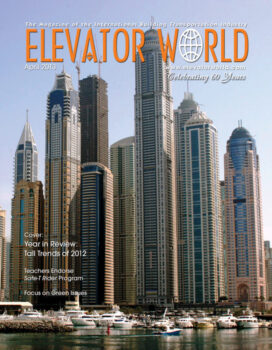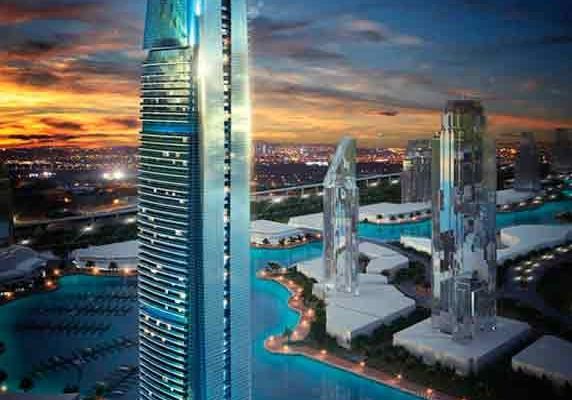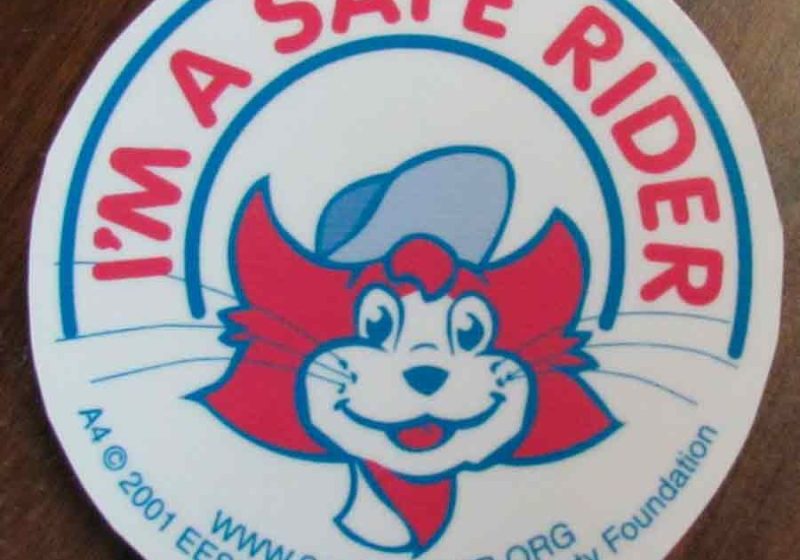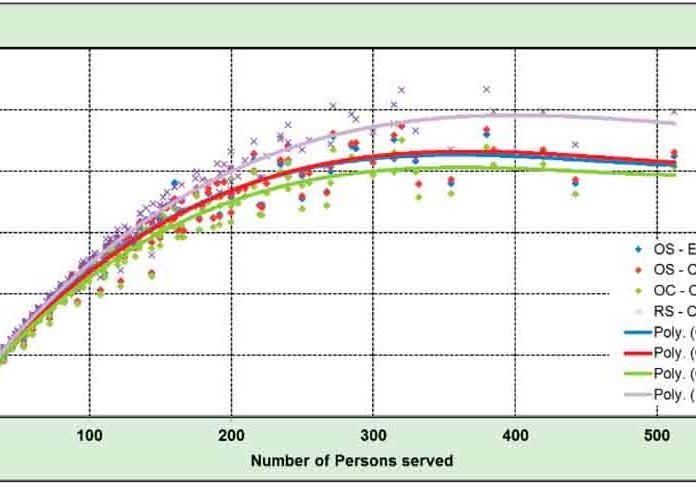MVT: Newly Formed, Decades Old
Apr 1, 2013
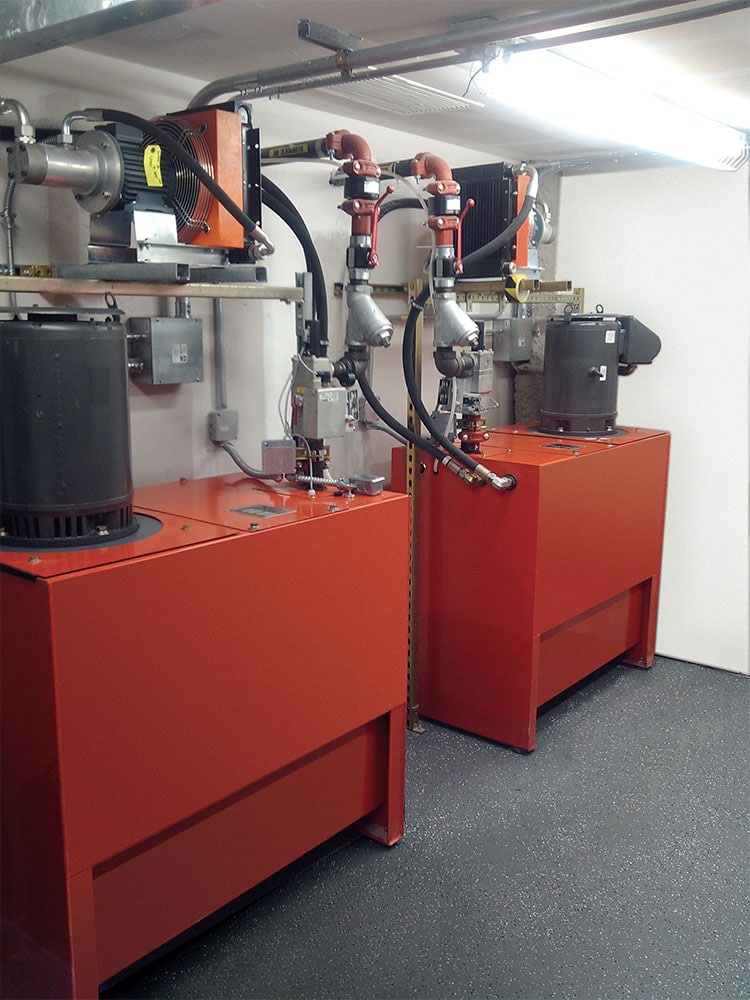
by Elizabeth Pate
Mongrain Vertical Transport (MVT) is a recently established international builder of hydraulic elevator packages. While the company is new, its elevator components are not. Until recently, the products were manufactured and distributed by the Leistritz Corp. Elevator Division, which was acquired in 2012 by MVT’s President and CEO, Sylvain Mongrain. MVT designs and assembles elevator systems for residential, commercial and mass-transit applications, and uses Leistritz for its hydraulic elevator systems. Various elevator components fall under this name and feature ride comfort, quick and low-cost installation and/or simple maintenance programs.
Presently, the company offers a selection of hydraulic elevator packages, including the Leistritz Emarelle™ hydraulic elevator. The Emarelle is a counterweighted roped application that uses single- or twin-cylinder design for passenger-, freight- and car-lift applications. MVT elevator systems are available with capacities ranging from 2000-60,000 lb., with speeds up to 200 fpm and travels up to 125 ft.
Transition for Customers and Suppliers
Before forming MVT, Mongrain served for more than 15 years as an independent consultant in engineering, sales and marketing for the Leistritz Elevator Division. He has participated in the design of elevator components and systems and worked closely with architects, consultants, building managers and elevator installers to tailor elevator systems to the specific needs of customers. In addition to Mongrain, three managers with more than 30 years of combined experience with Leistritz’s Elevator Division joined MVT. Michel Bordeleau joined MVT as Sales manager; Jean Larcher as New Products Development manager; and Antoine Deschesnes as Contract Engineering manager.
By selecting three former Leistritz veterans, MVT eliminated the typical learning curve required by startup operations and enabled a seamless transition for its customers and suppliers. In addition, MVT products and spare parts will continue to be warehoused, serviced and shipped from its Allendale, New Jersey, location.
MVT Hydraulics
With the continuing advancement of hole-less installations, hydraulic systems have overcome the age-old complaints of uncertain installation costs, difficult extra-deep excavations, corrosion and maintenance inaccessibility. Now, hydraulic cylinders are located above ground, where they are easily installed, protected from corrosion and readily accessible.
However, there are additional features that allow hydraulic elevators to equal or exceed the performance of low-rise traction systems, including:
- Counterweight and pulling cylinder systems that balance the car’s dead weight to improve efficiency, reduce the size of major components, provide smooth rides and save energy.
- Vertically mounted, dry-mounted, air-cooled power units with high-efficiency motors and protection from heat degradation for seals and valves
- Closed-loop electronic valves with continuous pressure/viscosity compensation for easier maintenance and ride comfort
- Micro-leveling systems controlled by fractional-hp motors, pumps and control valves enabling floor levels to be achieved and with low energy consumption
- Thermostatically controlled oil coolers that maintain low oil temperatures, even under extreme operating conditions.
Designing for the Present, Planning for the Future
According to Mongrain, “The Western world is going green, and nonconventional hydraulic elevators are there to stay.” When asked how his company is planning for the future, Mongrain said, “Everywhere we are asked to conserve, recycle or reuse materials, and when designing and engineering new buildings and systems, we are encouraged to evaluate the overall ecological footprint.”
This trend toward going green has resulted in a body of standards and certification processes, including the Leadership in Energy and Environmental Design certification process, the Green Building Rating System, and the U.S. Green Building Council. Elevator companies around the world are being asked to make contributions to a greener environment.
Members of MVT management began addressing these challenges nearly a decade ago. The Emarelle machine-room-less hydraulic elevator is one result. “Our design mantra for that product has been ‘less of everything,’” Mongrain said. That starts with a smaller footprint, which translates into less space, energy consumption, manpower and building material. A counterweight design optimized to offset the empty car weight saves power and reduces heat loss. By using the rail system as both rails and columns, the need for additional overhead structural supports is eliminated. The Emarelle uses both biodegradable and recyclable oils. And, because the piston is in tension, the cylinder diameter is reduced, which reduces the amount of oil – on average, three to five times lower than the amount used by standard hydraulic elevators. Furthermore, a dry power unit with the vertical pump enclosed in a tank eliminates leaks and prevents copper contamination of the oil from a possible motor failure.
Heat generated by the system is transferred to the hoistway and dissipated by natural airflow. This eliminates the need for costly air-conditioning or forced air-evacuation systems. In addition, the system does not generate electromagnetic noise, and will not affect the power grid or equipment.
Around the Corner
MVT plans to continue developing innovative hydraulic products beneficial to the environment. The company says future efforts may include replacing fossil fuel with sustainable fuels to power elevator systems, and using newer and lighter-weight alloys to lift greater loads with less energy.
Get more of Elevator World. Sign up for our free e-newsletter.

